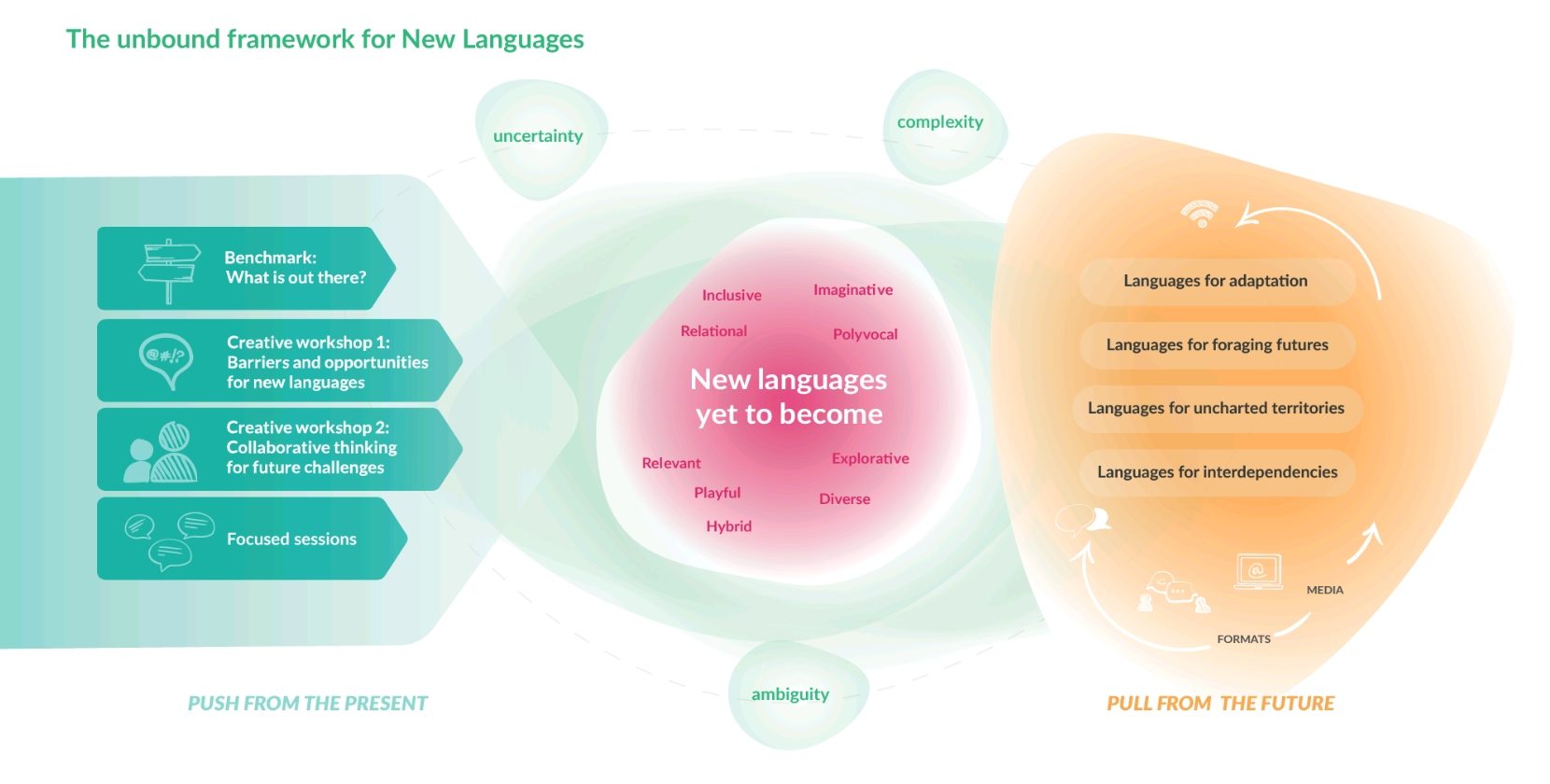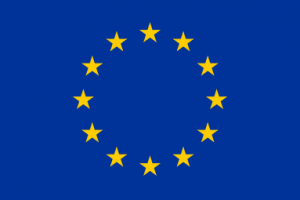As global citizens we face challenges that need our attention, creativity and intention to stimulate visions of desirable futures. The problem is that the transformations that issues like climate change or artificial intelligence are producing are so big, fast and deep, that they result peculiarly resistant to contemporary modes of thinking and imagining. This issue is quite visible in formal science education contexts where highly formalized, specialized and hierarchical languages often fail to impact imagination and equip the young generation with the skills needed to move responsibly and consciously in our modern society. The result is a sense or lack of social and personal relevance to what is taught at school (Stuckey et al., 2013).
We are experiencing the emergence of new languages within society as an attempt to narrate contemporary socio-scientific issues. The Climate Fiction genre is maybe the best known example, but there is more than just literature out there. For instance, National Geographic has long pioneered innovative science communication with the integration of photography, creating writings, data visualizations and educational resources. Not just global projects, but also national, regional and even local science events are arising, as well as websites and social media pages.
There is a recognised need to both innovate languages in formal educational contexts and, more generally, to continue exploring to find those media and formats that are more suitable to enhance imagination and the capacity to talk about, describe and face contemporary challenges with creative solutions. How to create these innovative ways to communicate, foster and imagine was one of FEDORA’s objectives.
The interpretation of Hartmut Rosa and his society of acceleration was a guiding metaphor, and based on this, ambiguity, complexity and uncertainty are permanent states and perceptions of reality that need to be addressed in a way that gives a sense of agency and influence, not only for students but also for teachers and the array of professionals and workers of society.
But what forms of artistic, literary, and linguistic expressions can be elaborated for science education to trigger a cultural and imaginative change?
Led by formicablu, a benchmark study was the starting point, enriched by internal sessions and followed by two creative workshops that gathered experts from different disciplines. During the workshops, we reflected on some major issues like the importance and meaning of keywords like “engagement”, “innovation”, and “barriers”. Those discussions converged into some main concepts:
1/
the use of any artistic expression and language can be of very high value when it not only ignites emotions but manages to go beyond. We need to look at those artistic/creative formats and languages that can foster dialogue, analysis, openness, and the ability to talk/discuss/share. It’s crucial to elicit the epistemic emotions that can contribute to developing, improving and enhancing critical thinking.
2/
We need to get over the transmissive and normative temptation, often masked by simple and reductive storytelling. We should foster bold grassroots ideas and projects and accompany and support youths, not lead them.
We need to crossover, find common areas for sharing knowledge, to go over a binary vision of the world. Young people have much more nuanced identities and their fears and emotions and thoughts reflect that. We should foster the ability to work on complexity and uncertainty, and nurture emergent systems rather than individual stories.
Visit our resources section to get a wider selection of case studies.
FEDORA continued its reflection acknowledging that a language is a combination of symbols – visual, written, spoken, enacted – that work as a means of transport for communicating a message to a social group that will receive it, understand it or be stimulated by it. When combined with interdisciplinarity, it supports “to describe it and talk about it” and “to communicate on different theme areas”. In contrast, when combined with the future, it supports “the conditions to find words that build new realities”, to find new ways to communicate or build the future and “new practices to imagine the future”.
Learning a new language – or creating it- is about acquiring tools that help us understand the elusive parts of ourselves and our environments (natural and social mechanisms of our societies). In future thinking, it becomes the medium that enables us to cross the doors for radical imagination. In line with FEDORA’s core metaphors, languages are tools for crossing boundaries and inhabiting frontier zones.
Four categories of new languages are proposed:
The following visual framework visualise the sources and flows underpinning the co-creation of new languages. It avoids a prescriptive recipe. Therefore border lines are open and organic, considering this representation “unbounded”. Languages “yet to become” embrace a constellation of desirable traits, and they consider space, time, evolution and interactions for envisioning the future while grasping and activating the present. New languages want to be the ink of the present to write the futures.

The following 8 recommendations aim to facilitate the needed processes triggered by the “Unbound framework for languages yet to become”:
For more details, see the full Unbound Framework for New Languages.
